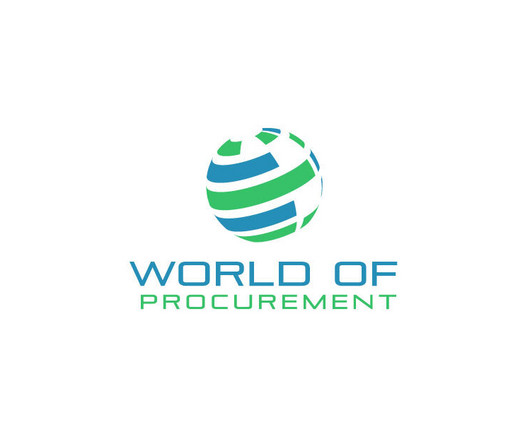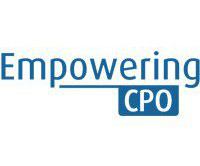Procurement 101: Your Essential Guide to Strategic Sourcing
World of Procurement blog
MAY 8, 2024
It involves identifying needs, sourcing potential vendors, obtaining quotes and proposals, negotiating contracts, selecting suppliers, managing relationships, and meeting obligations. Sourcing : Procurement uses competitive bidding, e-sourcing, and supplier development. What is Procurement?













Let's personalize your content